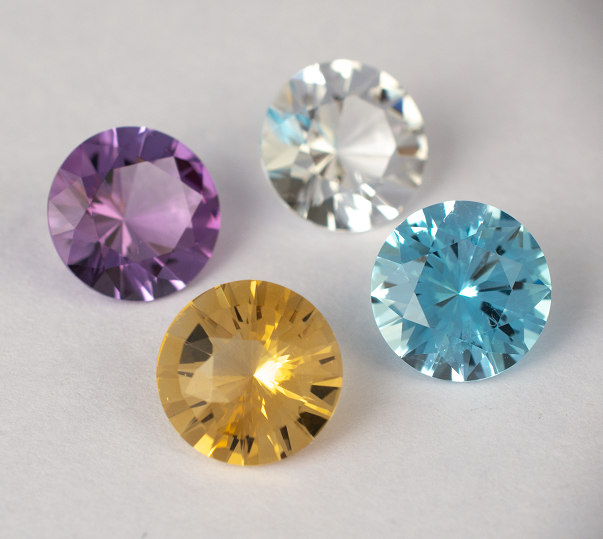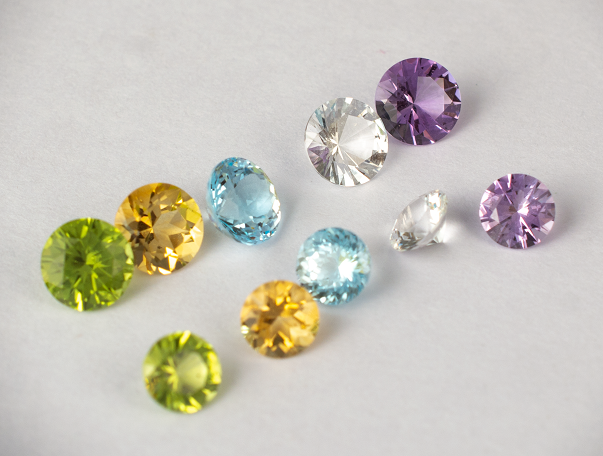Different Types of Gemstone Treatments
- lustredesignco

- Dec 1, 2022
- 3 min read
Gemstones gathered from all across the world, often undergo different types of treatments in order to enhance size, colour or shine. With the exception of polishing and cutting, any other process applied to a gemstone is often referred to as a treatment, and these are conducted to elevate the outlook of a gem, as well as to deal with any inclusions. In this blog we will explore a few treatments, and understand how these contribute to altering and improving the appearance of gemstones.

01 Coating
Gemstones are often covered partially or entirely in a solution which brings out the colour or lustre of the stone. This process is known as coating. The idea behind this treatment is to highlight the iridescent features of the stone, in order to ensure that there is a brilliant display of light. In addition to this advantage, stones are also coated to ensure longevity and durability of the stone, protecting the stone from external damage.
02 Heating
This is probably the most common form of treatment applied to a stone. It is also one of the oldest practised treatments, used to deepen the colour of a gemstone. Heating is a permanent solution to improving the clarity and colour, and is most often applied to rubies and sapphires. The process is conducted with the usage of a computer-controlled oven where temperatures can be monitored in order to ensure that the correct amount of heat is applied to bring out the desired colour.

03 Diffusion Treatment
When different types of elements such as beryllium, chromium or titanium are added when heating a gemstone, it is known as diffusion. The objective behind this treatment is to add a glint to the colour of a stone and is most commonly applied to sapphires.
04 Irradiation
Electrons and neutrons are used to alter the colour of a gemstone when applying the irradiation treatment. This process is normally followed by a heating stage in order to truly highlight the colour of the stone. Most Blue Topazes undergo this treatment to enhance the brilliant blue colour.
05 Oiling
This treatment consists of a stable procedure which includes using oil, or resin to fill cracks in a gemstone. The purpose is to diminish the prominence of fractures and improve the overall appearance of a stone. It is important to note that this however is not a permanent treatment and the threat of the stone breaking through remains.

These are a few treatments which are applied to stones in order to improve their appearance and overall finish. Different treatments are detected through different ways which primarily consist of close observation of the stone, these include inspecting the stone using a microscope or studying the fissures of a stone in order to correctly identify treatments applied. It is important to convey to customers that the stones are treated before purchase. It is also useful to assure them that these treatments enhance the value of the stones as they result in deeper, richer colour and a lengthier lifespan. In regions like the United States, Europe, Middle East and Singapore, customised gemstones are highly demanded, with treatments applied to them in order to sustain the lifespan of the stone. These are used for custom jewellery, or even as decorative ornaments to adorn homes. There is a diverse usage of customised, treated gems, and these varieties are causing waves in the industry and innovation and research in gemmology take centre stage.




Comments